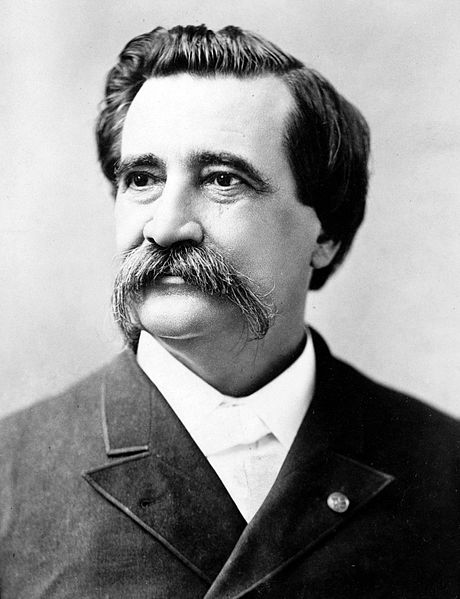
Memorial Day was originally known as Decoration Day, when towns honored Civil War dead by decorating their graves. The practice was widespread throughout the North in the late 1860s; over two-dozen towns alleged to be the holiday’s birthplace. But southern women’s groups decorated graves possibly before the end of the Civil War.
The origins of the idea may forever be a mystery. But General John A. Logan, in his Order No. 11, first proclaimed that “The 30th day of May, 1868, is designated for the purpose of strewing with flowers or otherwise decorating the graves of comrades who died in defense of their country during the late rebellion, and whose bodies now lie in almost every city, village, and hamlet church-yard in the land.” Flowers were placed on the graves of Union and Confederate soldiers at Arlington National Cemetery that day. And cemeteries in 27 states held events.
Michigan became the first state to officially recognize the holiday in 1871. Not all states were on board though. Many southern states continued to honor their war dead on other spring days besides May 30 until after World War I, when the scope of the holiday was broadened to include all Americans who died fighting in any war.
The adoption of “Memorial Day” was gradual. Coined in the late 19th century, it became commonplace after World War II and official in 1967. The following year, Congress passed the National Holiday Act, moving the holiday from May 30 to the last Monday in May. That took effect in 1971. The “where it began” debate continued until 1966, when Lyndon B. Johnson officially declared Waterloo N.Y. as the birthplace, settling the matter once and for all.